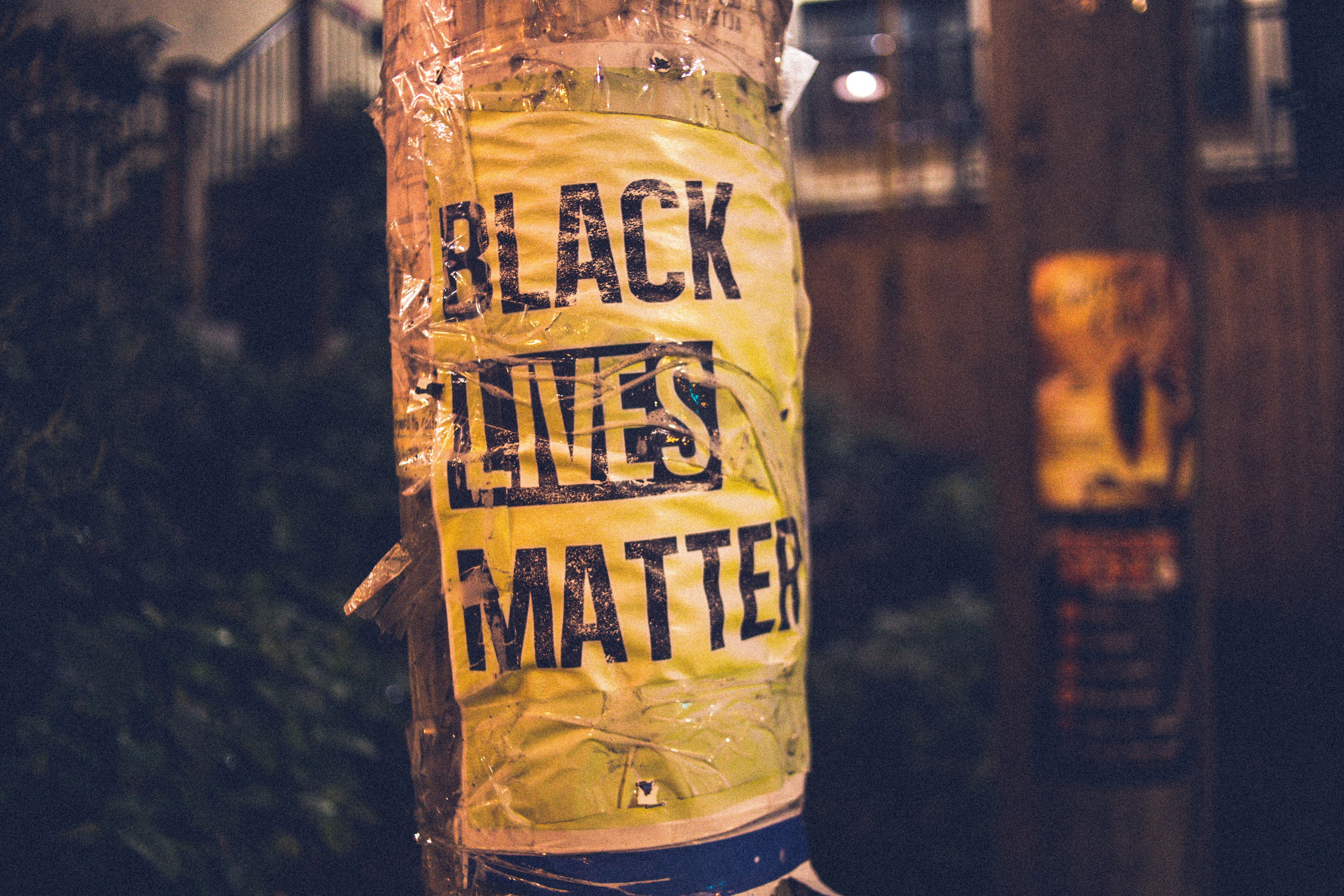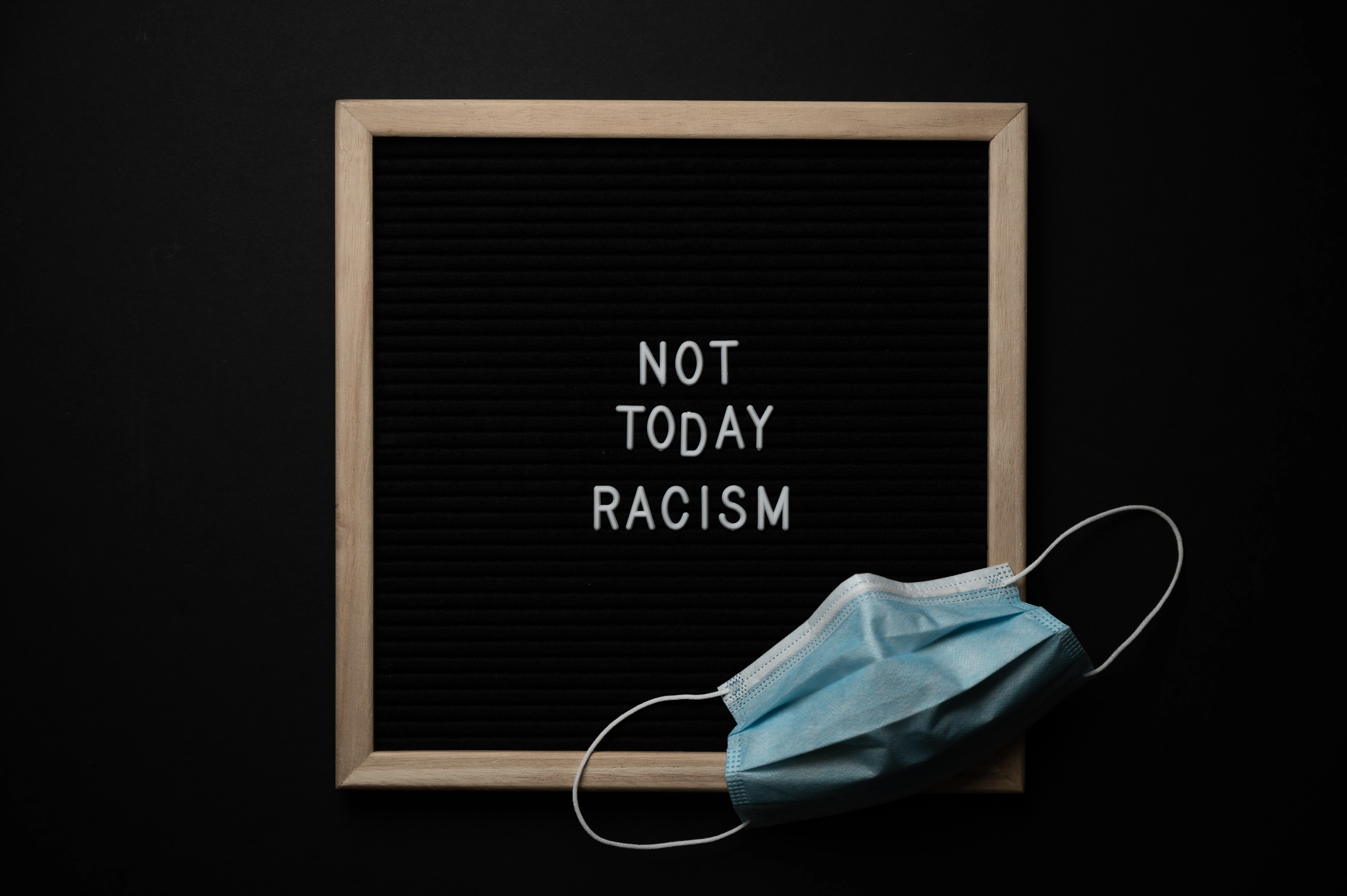Spelling out Resistance, Critical Response Essay
One of the most common types of essays students are required to write in school is the critical response essay, in which they analyze an article or other piece of journalism and explain how the author intends to achieve their goal. Critical responses to texts need an examination, integration, and interpretation of the material that was read. In this document, we will give answers based on Coppola’s “Dub Poetry and Typographic Creativity. We will dwell on the following ideas: how English-lexicon Caribbean creole is managing to gain prestige among the youth, how Creole is still being used for comic purposes in dialogues, and finally, how putting Creole in printing is used as a sort of eye dialect.
Based on this article, Coppola states, “In Britain, English lexicon Caribbean creole is gaining prestige amongst the youths and is increasingly being used in written communication” This practice is similar to that of the Bahamian studies. As far as we know, this is the first empirical research looking at views about Bahamian Creole English and Standard English in the Bahamas. For this research, students at the University of The Bahamian, the country’s only four-year institution, completed an online survey (Hackert et al., 2018, p.278-308). To the extent feasible, the study’s questions mirror those from prior studies of attitudes toward nonstandard English variants to make it easier to compare the results. This research is a welcome contribution because it is essential to understand Caribbean Creole languages and other nonstandard English dialects. There will be an emphasis on current Bahamian young people’ views on four key issues: how they see BCE if it is still stigmatized, how much BCE means to the respondents, and which social groupings the students identify with while using BCE over SE (Seymour, Chanti, 2017, p. 123-144). Study respondents’ views about BCE & SE in classrooms are given special consideration. Respondents report reasonably constant frequencies of, among other things, from their great-grandparents to them, and people have been using BCE.
Most of the time, written British Creole may be found as dub poetry or conversation in short stories and plays, but it can also be found in other forms. However, this etymological orthography, despite its ideological flaws such as inconsistency, resemblance to colonial lexifiers, and the perpetuation of an untrue version of the norm, is a flexible system that provides a better model for conveying and textually representing the wide range of variability found in Jamaican Creole and diasporic speech (Oenbring, Raymond, Web 2.0). With a sociolinguistic approach to language standardization, the study has shown the ideological implications of Jamaican Creole orthography by British Caribbean authors. It will be instrumental in understanding the work of Jamaican-born dub poets Kwesi Linton Johnson and Jean. A ‘continuum of expression’ both oral and written has developed in Jamaican society due to the country’s long sociolinguistic history. This linguistic variation is distinguished from the acrolect, which is English, by gradient transitions from a middle range to the broadest Cajun or basilicas and Mesolectal forms, which are used deliberately for rhetorical purposes to build a public identity or make a political statement by folks who would have been able to speak English otherwise.
Few corpus-linguistic research findings of Standard Bahamian Language have found that Bahamian daily paper coverage, following Standard Bahamian Pronunciation as a whole, often uses formalized or legalistic phraseology even in non-legal contexts, e.g., regular use of passive voice structures or the legalistic persons where presenters of international Standard English varieties would expect people (Zullo et al., 2021, p. 7-14).
In this article, Manuela Coppola states that “Creole in literature was mainly used for a comic purpose or in a dialogue, rather than in native and it was marked in the text by a set of paratextual devices implicitly reproduced the dichotomy and hierarchy between orality and literacy” BCE is still restricted in actual official domains in The Bahamas, even though the ban on BCE from local TV and radio in the mid-1980s is long gone (Kraus, Janina., 2017). News and current affairs interviews on Bahamian television, the most popular types of local television programming in The Bahamas, are almost always in Standard English, despite their frequent use of mesolectal characteristics. Even though BCE is more often used by radio presenters (and by listeners on radio call-in shows), many foreign speakers sound just like Americans when they speak. It is very uncommon for BCE to be heard in local Bahamian music. Still, in advertisements that air on local radio and television, BCE is usually restricted to playing an amusing sidekick role, speaking for the “unsophisticated” mentality that has to be corrected by a SE speaker.
There has been a surprising lack of excitement towards Bahamianizing English Language curricula from the Education ministry and private students in the Bahamas in recent decades. As pointed out, a Paper on education was created after independence to counteract the colonial authorities’ traditional deculturization methods (Perry et al., 2020, p.61-72). With the exception of History and Social Studies, and even Literature, no significant effort was made to localize the American English curriculum in the Bahamas. So, Bahamian pupils’ writing is still evaluated primarily using models and rubrics from outside the country. There are also relatively few widely disseminated print-published works using BCE, despite an active group of authors and scholars trying to legitimize it over the last several decades (Hite et al., 2021, p. 1860-1879). When it comes to embracing and promoting Creole-language creative works, The Bahamas lags behind other Caribbean nations. In Telecine Turner Rolle’s pioneering drama BCE Woman Take A couple (1987), a result read by both private and public audiences, this pattern is defied.
Thirdly, Manuela Coppola states that “Putting creole in print is to use a sort of eye dialect an idiosyncratic or altered spelling which focuses on pronunciation” To gauge how much students agreed or disagreed with various evaluations and claims about BCE, students used a quantitative-analysis-amenable scaled response, were strongly opposing was one and firmly deciding was five. Several of the questions utilized a 1 to 5 scale, while others used other scales entirely. For instance, how sure can you transition from BD to SE if you speak BD? Utilized a 0 to 4 scale (with one very confident, and four were not convinced). Most questions that followed the scaled one required students to provide brief explanations for their responses. While linguists favor the name Bahamian Creole Language to designate the first language of the majority of the Bahamian people, the questionnaire survey itself chose the term Bahamian Dialect to avoid confusion. For the most part (Spiegel et al., 2019, p.79). Bahamians prefer the name “Bahamian Dialect” because they don’t believe their first language is anything other than English, and since the word “creole” conjures up images of the demonized Haitian minority. The bulk of Bahamians are keen to separate themselves from anything Creole since that term is linked with Haitians and their dialect, as Hackert points out in his book. Even though both terms are used interchangeably in the present research, the current study analyzes using BCE.
Despite the common belief among many Bahamians that traditional culture is in danger of extinction due to outside influences, the present research shows that Bahamian linguistic culture is still strong and alive. According to the findings of this research, Bahamian Creole is widely spoken across the country (Ocloo, Xorla. 2017, p.35-39). Students said that their usage of BCE had been relatively stable from their grandparents to the present. The students who participated in the research clearly understood the speech of previous generations and the language of their contemporaries as all falling without trouble into the category of “Bahamian dialect.” Additionally, students from various socioeconomic and geographic backgrounds in the Bahamas reported using BCE at a comparable rate.
Furthermore, the number of public domains in The Bahamas where BCE is legal and allowed grows over time. As a result of recent advancements in digital technology, Bahamians can now communicate and express themselves in their first dialect in new and innovative ways. Social media and messaging like Facebook and Twitter enable Bahamians to mimic their L1 phonetic patterns using eye dialect spellings (Leid et al., 2017). The use of digital music technology has made it simpler to create and distribute locally produced music, including music that often incorporates BCE. Furthermore, as digital camcorder and streaming video technology become more accessible, the number of Bahamians involved in video creation is growing, with the final result often incorporating BCE. In reality, the first locally produced televised drama series premiered in the Bahamas in 2012.
However, recent research shows that many people in the Bahamas have unfavorable views about Bahamian Creole English. These opposing views are unfortunately prevalent amongst many of the country’s current elementary and secondary school instructors. When looking at future teachers in the Bahamian, it’s essential to keep in mind that most present education graduates at COB, who are the country’s future educators, also have a poor view of BCE. We can only hope that some of the students who arrive at COB with a low opinion of their native language will depart with a higher thought of it (Knowles, Abdul, D., 2018, p.65-73). Many students who want to be English teachers are obliged to attend at least two phonology courses to prepare them for the uninformed folk views regarding the Standard and non – standard varieties they would encounter as future English instructors.
In conclusion, based on the article by Manuela Coppola says that “Dub poetry can thus be seen as a very relevant and interesting field of investigation for the role of spelling choices as social action and typographic resistance.” Writers in Jamaica and the diaspora unfamiliar with Cassidy’s strict system are more likely to use a respelled or modified Normal English spelling to represent written Creole. Sebba claims that “the signals contain social meaning as well as linguistic significance.” Because orthography has ideological connotations, it is used by dub poets to achieve maximum distinction from the Standard.
References
Hackert, Stephanie, and Alexander Laube. “You ain’t got principle; you ain’t got nothing: Verbal negation in Bahamian Creole.” English World-Wide 39.3 (2018): 278-308.
Hite, R. L., and T. L. McDonald. “Exploring science relevancy by gender and SES in The Bahamas: secondary Bahamian students’ interests in science and attractive attributes of future careers.” International Journal of Science Education 43.11 (2021): 1860-1879.
Knowles, Abdul D. “Case study: Preventing and resolving conflict between Bahamian nationals and the Haitian diaspora that reside in The Bahamas.” International Journal of Law and Public Administration 1.2 (2018): 65-73.
Kraus, Janina. A Sociophonetic Study of the Urban Bahamian Creole Vowel System. Diss. lmu, 2017.
Leid, Simone. “Legitimizing Virtual Constituencies: How CSOs are Using Digital Technologies to Enlarge the Space for Citizen Participation in Women and Gender Issues in the Caribbean.” Caribbean Review of Gender Studies 11 (2017).
Ocloo, Xorla. “Capturing the Bahamian National Identity.” i-ACES 3.1 (2017): 35-39.
Oenbring, Raymond. “Using Web 2.0 Technologies in a College Composition Classroom in the Caribbean: The Case of the Electronic Dictionary of Bahamian English.”
Perry, Charmane M. “You can’t speak Creole in here. English only”: Experiences of Stigma and Acts of Resistance among Adults of Haitian Descent in the Bahamas.” International Journal of Bahamian Studies 26 (2020): 61-72.
Seymour, Chanti. “Bahamian Creole English: Yesterday, today, and tomorrow.” Language Contact in Africa and the African Diaspora in the Americas. John Benjamins, 2017. 123-144.
Spiegel, Jacob Dyer. “2 Building around Nation Language: A Critical Reflection on Teaching Composition at the University of the Bahamas.” Creole Composition: Academic Writing and Rhetoric in the Anglophone Caribbean (2019): 76.
Zullo, Davide, Simone E. Pfenninger, and Daniel Schreier. “A Pan-Atlantic “Multiple Modal Belt”?” American Speech: A Quarterly of Linguistic Usage 96.1 (2021): 7-44.









